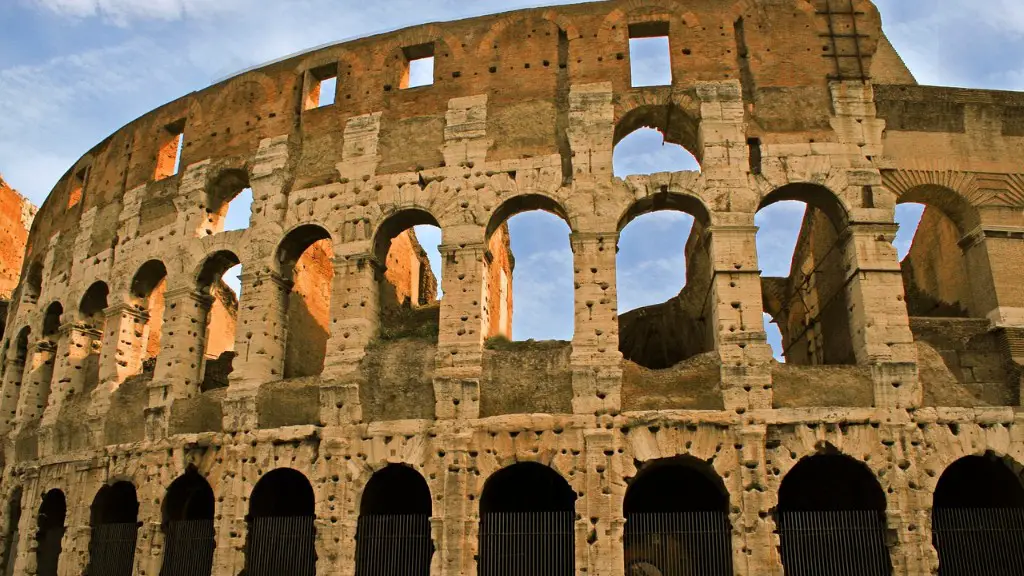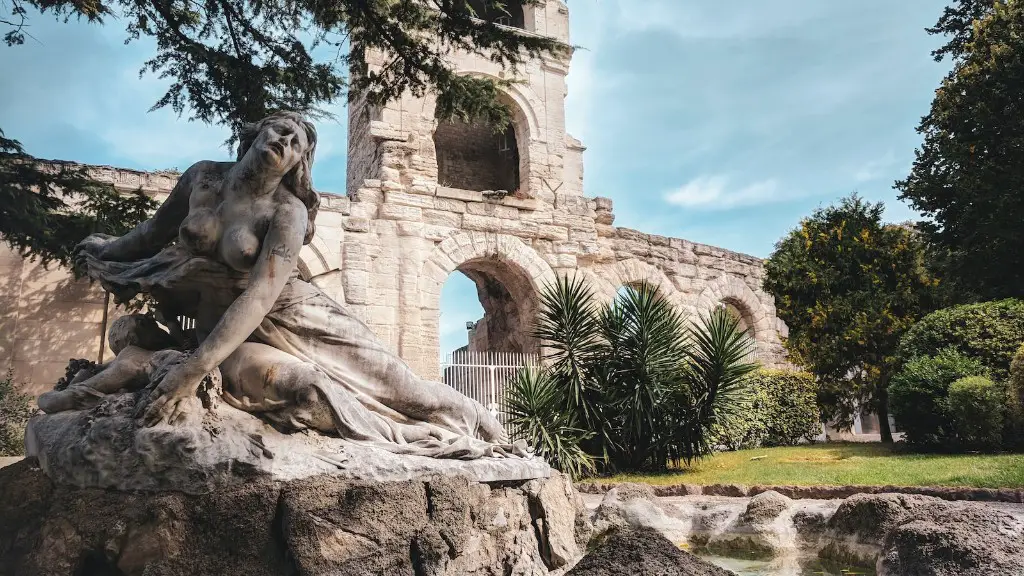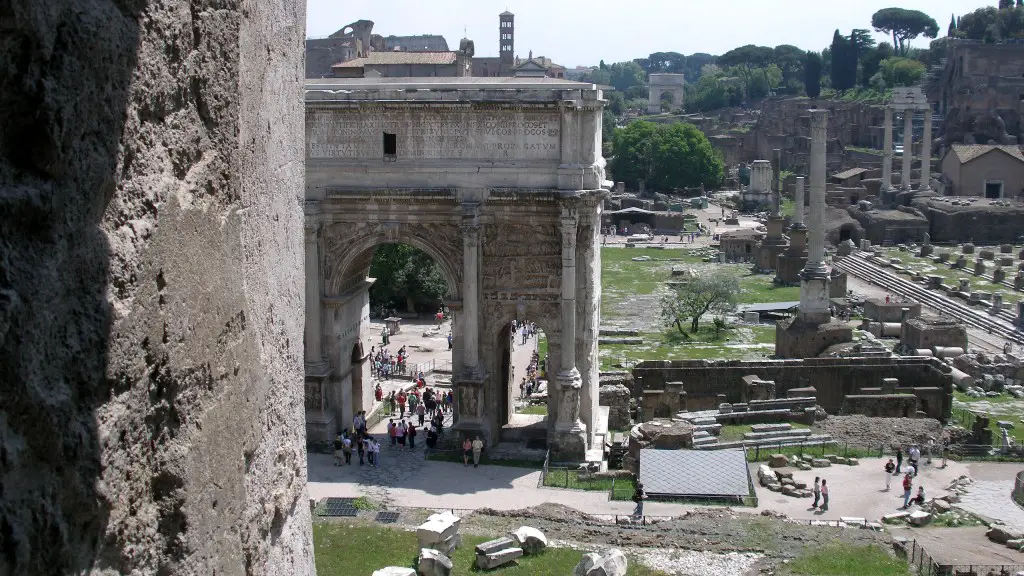When it comes to engineering, few people can match the achievements of the ancient Romans. Even today, we still benefit from their incredible feats, the most remarkable of which is their roadway system. How did they build such an impressive network of roads? Why did the ancient Romans build roads?
The Romans had a variety of good reasons to build roads. From political motives to military strategy, they wanted to make sure they were connected wherever they were. This helped them to govern and defend their territories. Firstly, building well-connected roads allowed the Romans to move efficiently and swiftly to different parts of their empire. This was especially important during the expansion phase, when it was necessary to transfer troops quickly. Secondly, it was a way to spread Roman culture and civilization. It allowed the Romans to introduce their religion, language, architecture and customs to all the regions they conquered.
The Colosseum, Forum Romanum, Pantheon and other famous monuments aren’t just of historical importance; they are an example of the thoroughness of Roman engineering. From the initial concept of the project, to the perfect execution of the details, each aspect was very carefully thought out. Roman roads, for example, featured an innovative design. They would build an elevated road with a channel at the side for drainage and dirt. This made it easier for people to get from place to place regardless of the terrain or weather conditions.
The unique construction technique didn’t require any mortar, as the stones were perfectly placed. And to avoid further erosion, they put small stones between large ones and filled them with gravel. This also made it easier to maintain the roads. These roads were specifically designed to be wide enough so that different carriages could pass each other. This was a revolutionary concept at the time and part of the reason why Roman roads were so popular among travellers.
Another critical factor was the use of slave labour which allowed the construction of large projects at a much faster pace. Slave labour was common throughout the Roman Empire, so there were always plenty of people available to work on these road networks. The Roman leaders also encouraged their citizens to join in the construction. This included citizens from minor cities and towns who saw the construction of Roman roads as an opportunity to affirm their loyalty to the Roman Republic.
Political Motive
The political motive for building roads also played a major role in the Roman Empire. By connecting different cities, provinces and countries, the Romans were able to control the movement of goods and people, allowing them to maintain their political regimes. In a sense, it was a way for the Roman military to spread its influence and dominate the region.
Trade and Commerce
The Roman roads also facilitated trade, commerce and communication between different areas of the Empire. It was much easier to transport goods, as travelling distances were significantly shortened. In addition, it was easier to maintain contact with distant provinces, as members of the government could travel quickly from one region to another. With better communication and better roads, Roman trade flourished, allowing the empire to reap great economic rewards.
Cultural Exchange
The vast network of Roman roads provided an ideal foundation for the exchange of culture and ideas. Roman culture, customs and language travelled to the furthest corners of their empire, thanks in large part to these roads. This allowed different cultures to learn from each other, which in turn helped to create a flourishing cultural identity stretching all the way from Britain to North Africa.
Signs and Milestones
Finally, the Romans continued to improve their road networks by placing milestones along the route. These served as markers that indicated the distance between towns and cities, as well as providing an indication of the direction. Moreover, these milestones were made of beautiful marble that featured the sarcophagi of deceased Roman generals. This was a way for the Romans to pay their respects to their fallen comrades and to display the power and might of their Empire.
Roads in Modern Times
The legacy of the Roman Empire lives on in many countries around the world and their roads are still used for transportation today. In some places, the construction of these roads can be traced back to the Roman Empire. Their roads were well-built and have withstood the test of time, proving that the ancients knew a thing or two about engineering. And without their roads, we wouldn’t have the efficient transportation system we enjoy today.
Maintenance of Roads
In addition to building roads, the Romans also employed dedicated personnel to ensure the maintenance of their roads. This allowed them to maintain their roads and keep them in good condition, thus avoiding expensive repairs in the future. In this way, the Romans were able to sustain the network of roads that provided access to the different provinces of their empire.
Symbol of Unity
The Roman roads were also a symbol of unity throughout the Empire. In a time of disorder and violence, these roads provided a rare sense of stability and strength. They reminded citizens of the grandeur of the Roman Empire and of the important role that their roads played in maintaining the unity of the Empire.
Conclusion
The ancient Romans built roads for a variety of reasons. From military strategy to trade and commerce, the Romans used their road networks to support the growth and development of their Empire. Their sophisticated engineering and use of slave labour allowed them to construct large and complex road networks, which in turn provided access to different regions of the Empire. Today we still benefit from the legacy of these remarkable roads and can appreciate the genius of the Romans in engineering and construction.



